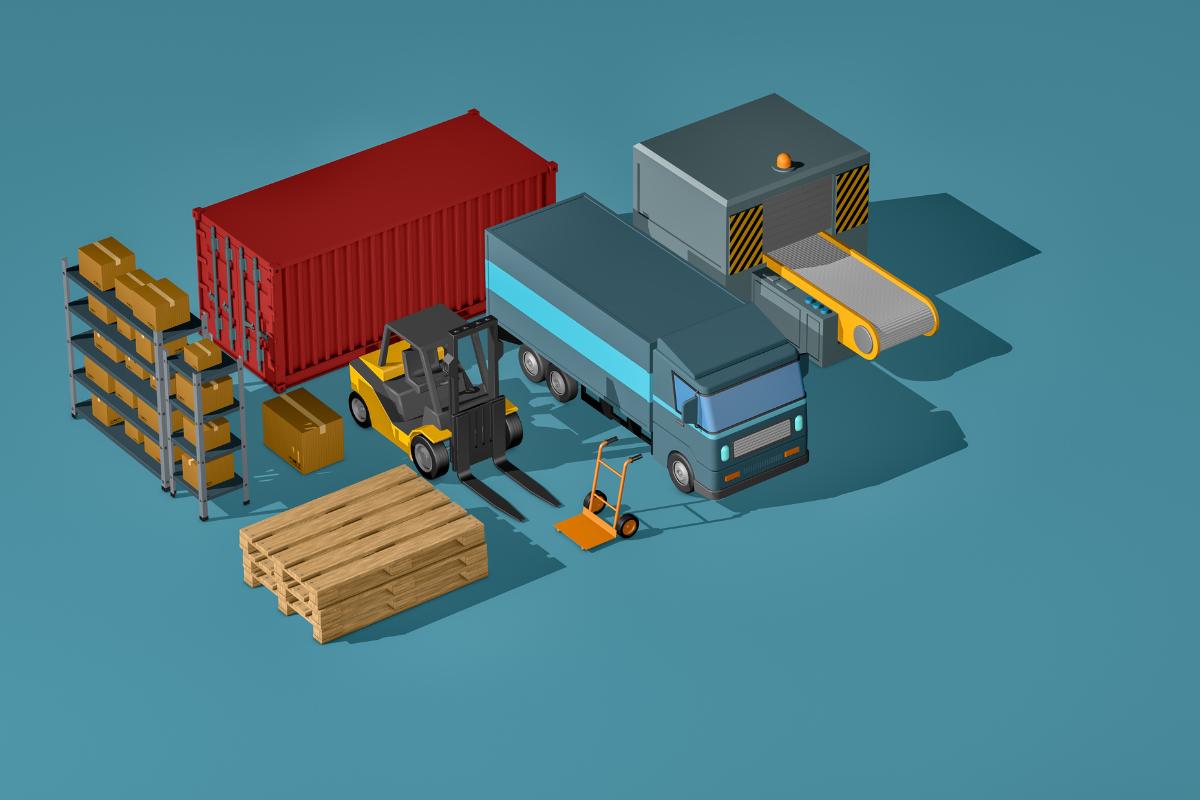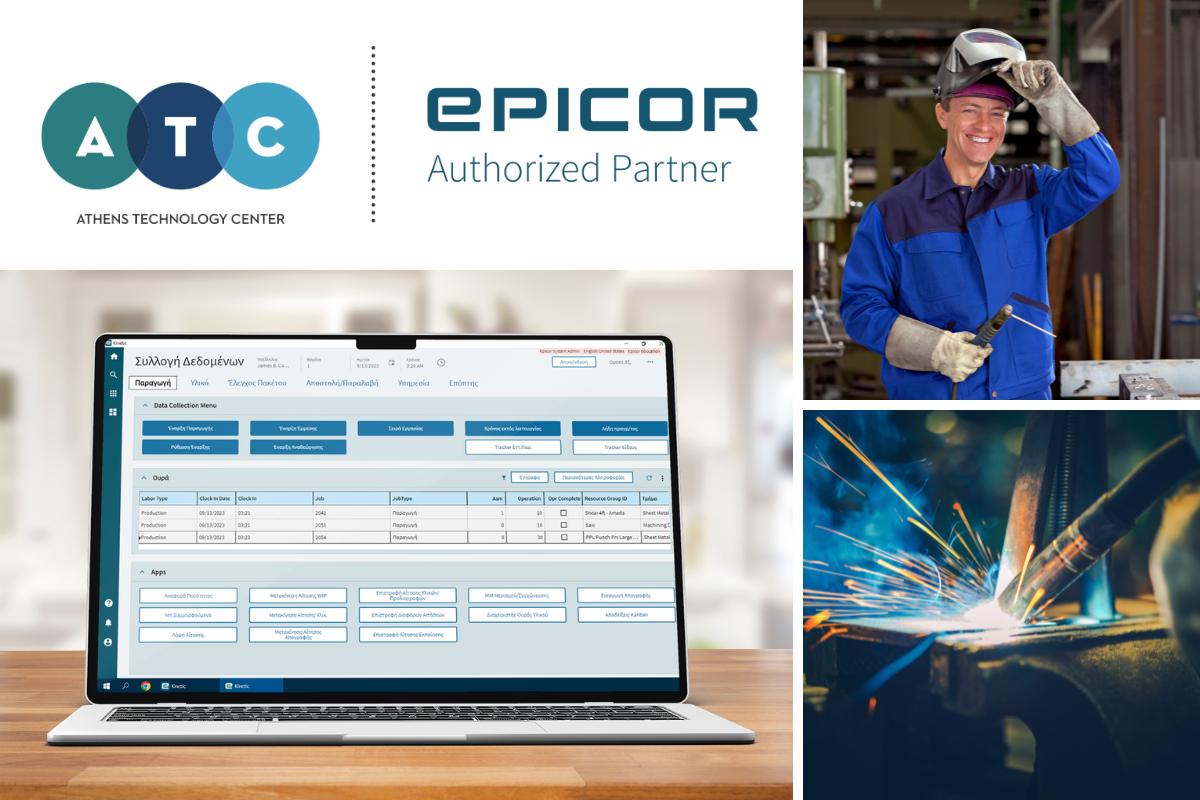When Covid19 hit in early 2020, media organizations had no choice but to enable virtual newsrooms since confinement forced journalists to operate outside their physical work location and daily habits.
The instant switch to remote editorial production and news publishing was not easy for everyone. When asked by WAN IFRA, Robyn Tomlin, Executive Editor, The News & Observer, and the Durham Herald-Sun, admitted that “Because we didn’t have a lot of time, it was bumpy the first few days. [..]We had a lot of staffers who had laptops and WiFi, but they might not have had all the applications that they needed for IT. […].”
Integrated, cloud-based editorial and news management platforms were proved valuable in this case, enabling a smooth transition from on-premise to the remote working model for the end-to-end news production process. Onn an article by Nic Newman for Reuters Institute for the Study of Journalism, we read cases from many leading news organizations that indicated that some of the most “nail-biting” stories of the year were written and produced from kitchens and living rooms, with the support of online collaboration tools.
A recent study on the Spanish media environment showcased a series of good practices for formulating and successfully operating virtual newsrooms, such as setting smooth communication flow according to existing hierarchy and clear tasks in order to secure timely productivity. Collaborative virtual environments and workflow automation are the key tech tools that can effectively support those goals. Instant messaging and task management within a unified editorial production environment can further enhance the whole process.
Interviewers in the same study also acknowledged that during the past 18 months, the story is the one that finally comes first, regardless of the delivery channel, putting editors “at the service of the reader”. Knowing what’s actually important for your audience can be served successfully by using intuitive social listening tools.

Building a virtual newsroom: 5 key functional requirements for your editorial management infrastructure
- Full Remote Production: All steps of the editorial production workflow can be performed from any location and any device.
- Integrated Newsroom: multimedia stories can be created following the desired, customized editorial workflow while also monitoring the production process in real-time.
- Digital Asset Management: the archiving process is fully automated; searching and retrieving archived content is simplified.
- Automatic page layout: publishers can formulate their print editions with just one click, through integration with industry-leading page design & layout tools, like Indesign, into the editorial process.
- Cross channel publishing: multimedia content created once and seamlessly be distributed on multiple platforms; on the web, to social media, to mobile, or print.
Running “business as usual” with Software as a Service (SaaS)
Moving a step forward, news production software provided in SaaS model are the ideal solution for publishers to lower cost, enhance their editorial management workflows and increase revenue, at a very small monthly fee!





